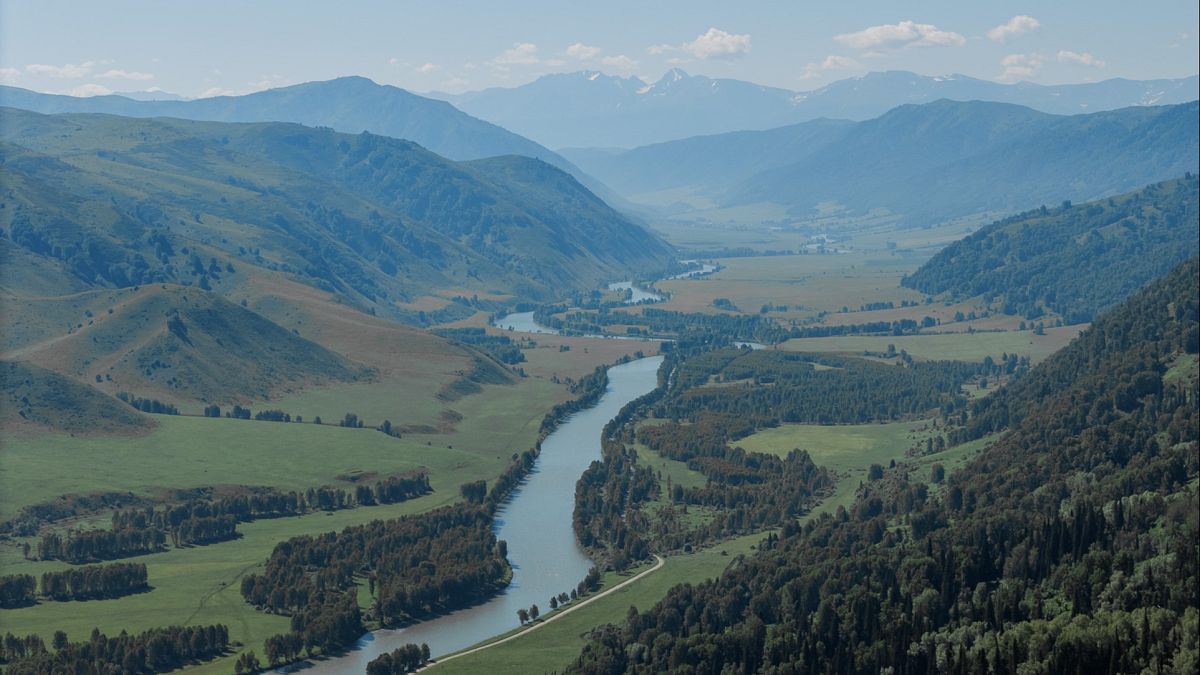Massive quake off Russia triggers Pacific tsunami alerts

RUSSIA AND JAPAN FOLLOW M8.8 EARTHQUAKE WITH GLOBAL TSUNAMI ALERTS
EPIC EVENT SUMMARY
A massive quake of magnitude 8.8 struck off Russia’s Far East, triggering tsunamis that reached over three metres in parts of the Pacific. The tremor, the strongest since 1952 in Kamchatka, caused severe flooding in the port town of Severo‑Kurilsk.
WAVE WARNINGS AND SAFETY MEASURES
- TSUNAMI: red alerts across the Pacific, including Russian coastlines and Japanese islands.
- ADVISORIES: orange warnings for Wakayama and Japanese mainland until 11:30 a.m. GMT.
- WATCHES: yellow alerts for coastal zones in Chile and California.
- THREATS: purple warnings for Philippines and U.S. West Coast beginning at 10:00 a.m. GMT.
SEVERITY OF AFTERSHOCKS
The region reported at least six aftershocks, two of which measured 6.9 and 6.3 respectively, further rattling the area.
JAPAN SAFETY OPERATIONS
- Special coverage by NHK urged immediate evacuation; the channel displayed a banner: Tsunami! Evacuate!.
- Workers at the Fukushima plant were evacuated; the plant’s operator confirmed the facility was secure.
- Train lines around Chiba, Yokohama, and Izu coast were suspended according to the alert.
GLOBAL RESPONSE OUTLINES
International agencies issued warnings across the Pacific:
- US Geological Survey (USGS) upgraded the quake’s magnitude to 8.8, with possible waves exceeding three metres in Ecuador, Hawaii, and parts of Russia.
- US Tsunami Warning Centers noted wave heights from one to three metres for Chile, Costa Rica, French Polynesia, Guam, Japan, and other islands.
- Canadian, Australian, and Taiwanese authorities added one‑metre wave forecasts for their regions.
- Mobile phones in California received tsunami alerts and evacuation instructions.
- Philippines officials urged residents on the eastern seaboard to move inland and advised fishermen to remain offshore.
KEY TAKEAWAYS
The M8.8 quake has triggered far‑reaching disaster preparedness measures, with significant waves announced across the Pacific rim. Continuous monitoring and evacuation orders remain critical as additional aftershocks occur.




